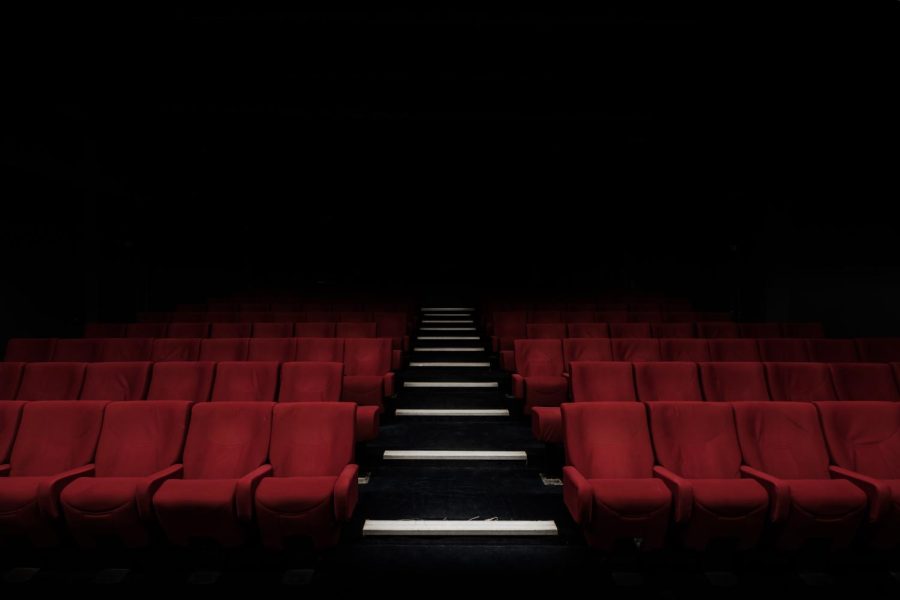What the Rise of Streaming Could Mean for Movie Theaters
An analysis of movie theater popularity throughout the rise of streaming services
February 22, 2023
Streaming services have taken over the entertainment industry, and now that we have practically every movie and show available at our fingertips, do theaters stand a chance?
Besides cable television, the home movie industry began with VHS tapes in the late 70s, followed by DVDs popularized in the early 2000s. If you wanted to watch the latest movie, you would have to wait until it was released in theaters, or until Blockbuster had it. It would typically take at least a few months until new movies came on television and were available for sale to the general public.
Today, Blockbuster is a thing of the past and all we have to do is pay a monthly subscription to have access to a seemingly endless library of digital media catered to each of our specific tastes. Thanks to streaming, movies and shows have become more accessible to consumers.
On the other hand, movie theater attendance has been in steady decline for a while, especially over the past few years due to COVID-19 safety regulations and closures at both theaters and movie studios. During this off-period, streaming services including Netflix, Hulu, and Disney+ became the norm. Major networks such as NBC and HBO followed suit and created their own services to survive the competition from other streaming platforms. In 2021, 78% of American consumers paid for a subscription to at least one streaming service.
Fewer people are going to see movies in person following the pandemic, maybe because some feel apprehensive about the close quarters of theater seating, but also because those same movies are available from the convenience and comfort of their living rooms. Streaming also proves to be more cost-effective in the long run, a factor that is largely responsible for its popularity. As of 2022, the average price for a movie ticket in the U.S. was $9.16, while it costs $9.99 a month for a Netflix subscription.
A newer feature that poses a threat to theaters is the addition of new movie releases. While many services have been creating original and exclusive media for a while, movie premieres have been introduced onto streaming platforms, an experience that was previously dependent on theaters. Disney+ released Black Widow before it hit theaters due to COVID related delays, earning $60 million by charging subscribers $29.99 to get early access to the film. It initially did well in the box office, but that didn’t last, giving many theaters reason to blame its streaming release. While this was a specific case that occurred as a temporary fix to issues created by the pandemic, new movies are still seeming to find their way onto various streaming platforms faster and faster. Luckily, Disney has claimed that they will recognize a 45-day window between when a film is released in theaters and when it is released on Disney+.
So why go to a theater and spend the equivalent of a streaming subscription on a single movie ticket? Movie theaters offer a unique experience that just can’t be replicated at home. The giant screen, ear-splitting volume, and overpriced snacks are all part of that unique, nostalgic experience. Who doesn’t love walking out of a dark theater after a really good movie and feeling like a changed person? The future for theaters is uncertain, but they survived a pandemic, so many are hopeful that the special, familiar feeling of going to see a movie will continue to keep them alive.


